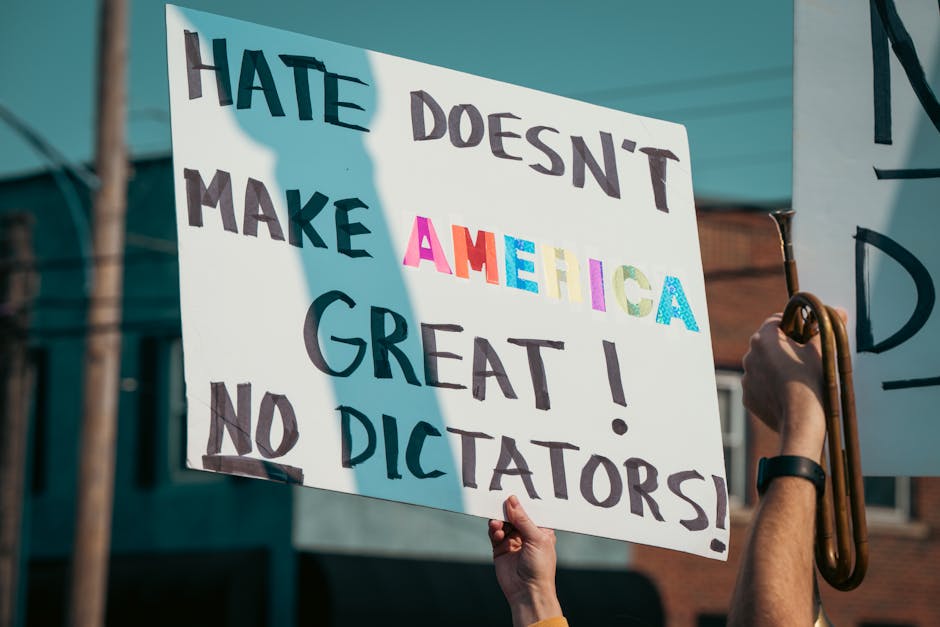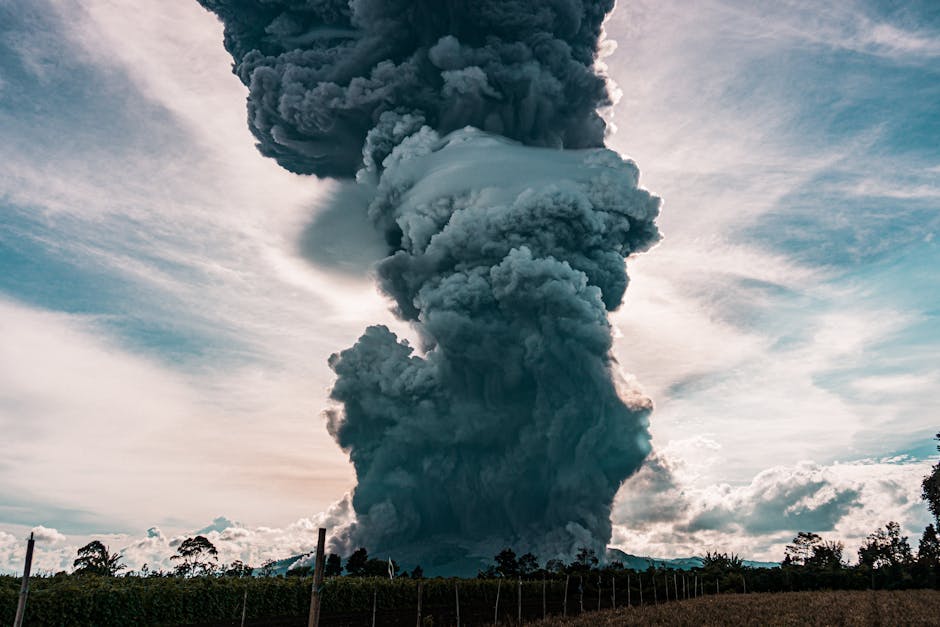Introduction: The Rise of Anti-India Sentiment
In recent years, anti-India rhetoric has shifted from fringe circles to mainstream American discourse—online and offline. Misinformation, geopolitical agendas, and ideological biases have fueled this trend, leading to rising hate crimes against Indian-Americans, skewed narratives about India’s democracy, and a toxic environment for the diaspora.
The Offline Surge: Politics, Campuses, and Hate Crimes
Political Amplification
Certain U.S. politicians and media figures have amplified baseless claims about India’s policies on Kashmir, citizenship laws, and religious freedom. These narratives often ignore India’s democratic framework and secular values, painting a distorted picture of the nation.
Campus Activism & Bias
Universities have become hubs for anti-India propaganda. Student groups, sometimes backed by foreign-funded NGOs, host events platforming separatist voices while marginalizing balanced perspectives. Academics have also been accused of teaching skewed syllabi that frame India through a prejudiced lens, influencing young minds with one-sided narratives.
Real-World Consequences
The rhetoric has led to increased discrimination against Indian-Americans, including vandalism of Hindu temples and verbal assaults. While the 1980s “Dotbusters” attacks seemed like a dark relic, recent trends suggest history is repeating under the guise of “activism.”
The Online Firestorm: Social Media’s Role
1. Hashtag Wars & Bot Networks
Coordinated campaigns like #IndiaUnderFascism and #FreeKashmir flood platforms like X (Twitter), often pushed by bot accounts linked to groups aiming to tarnish India’s global image.
2. Misinformation & Selective Outrage
Viral posts distort facts—for instance, framing India’s farmer protests as a “genocide” or criticizing its COVID-19 response despite global recognition of its vaccine diplomacy.
3. Harassment of Pro-India Voices
Hindu-Americans and journalists face doxxing, death threats, and smear campaigns for expressing pride in their heritage or defending India’s policies.
Root Causes: Geopolitics, Funding, and Bias
The anti-India ecosystem thrives due to:
– Foreign Funding: NGOs tied to adversarial nations bankroll activism under “human rights” pretexts.
– Media Bias: Major outlets disproportionately highlight negative stories while ignoring India’s progress.
– Political Opportunism: Some lawmakers exploit anti-India rhetoric to cater to vote banks, risking U.S.-India relations.
Solutions: Countering the Narrative
- Fact-Checking & Education: Promote verified data and digital literacy to debunk myths.
- Legal Accountability: Pressure social media platforms to curb hate speech and bot networks.
- Diaspora Mobilization: Indian-Americans must unite, engage policymakers, and reclaim their narrative.
Conclusion: A Call for Fairness
Anti-India hate harms real people—the diaspora enriching America’s economy and culture. It’s time to demand accountability, reject misinformation, and ensure the world’s largest democracy is judged fairly.




